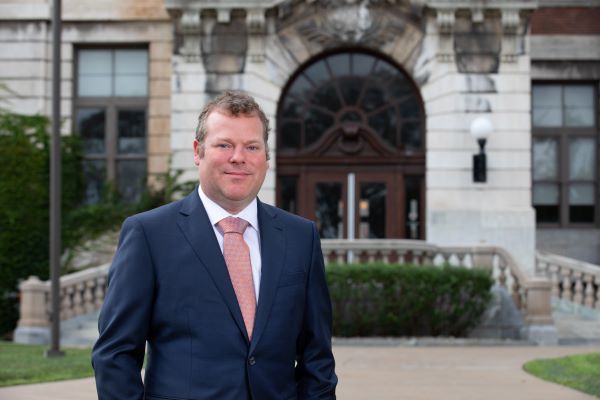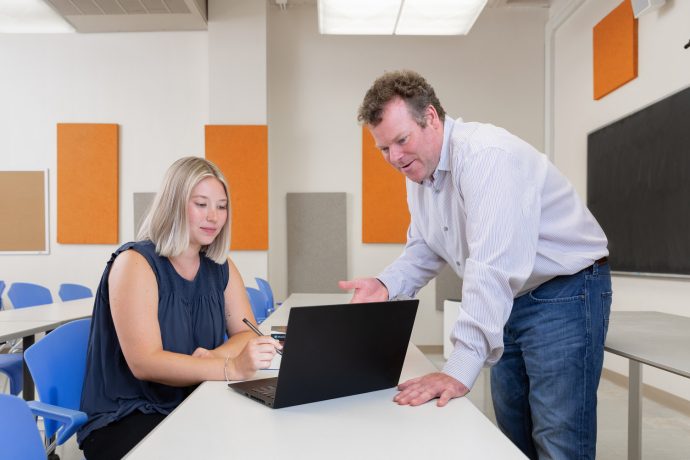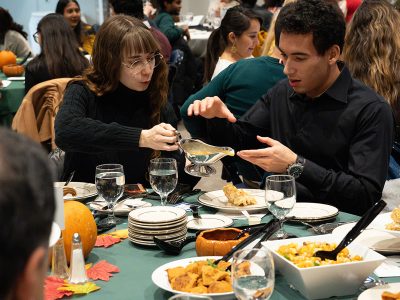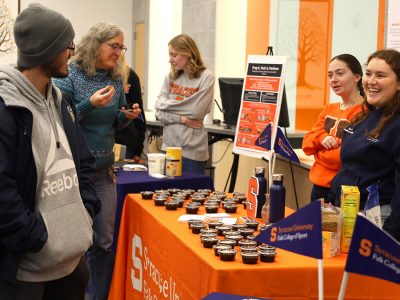Duncan Brown Takes on a New Mission as Vice President for Research (Q&A)

As the new vice president for research, Duncan Brown steps into a role in which he will orchestrate, support and enable the research, scholarship and creative activities that are central to the mission of the University. He notes that these activities form the ideas that society needs now and in the future.
“It is a critical moment to bring our research and scholarship to bear on both local and global challenges. We need the humanities, public communications and creative arts to help address the problems society is facing,” he says. “We need the fields of science and engineering to address the environmental challenges we’re facing. We need people in the social sciences to address an aging population and food production and distribution. We need people from policy and law to address the policies and legal underpinnings of the technologies we are creating and the framework of society. And at Syracuse University we can bring together experts in these and other areas to address society’s greater challenges.”
Brown’s role is to lead the Office of Research and its component units. That includes providing support to the University’s centers and institutes; advocating for advancements in infrastructure to support the University’s broad range of basic and applied research and creative activities; and empowering our faculty in their scholarly excellence.
Operationally, he helps to support over $100 million in external funding and supervises the work of the Office of Sponsored Programs, Office of Research Integrity and Protections, Office of Technology Transfer, Proposal Support Services and the Syracuse Office of Undergraduate Research and Creative Engagement (SOURCE). He reports to Vice Chancellor, Provost and Chief Academic Officer Gretchen Ritter.
An internationally recognized leader in gravitational-wave astronomy and astrophysics, Brown joined the University in 2007 as an assistant professor in the Department of Physics in the College of Arts and Sciences. Since 2015, he has served as the Charles Brightman Endowed Professor of Physics, a role that he will continue to fill as an active researcher while serving as vice president for research.
In this Q&A, Brown provides insight into his vision for the Office of Research and how he intends to support faculty, students and staff to strengthen and grow research activities across the University community.



